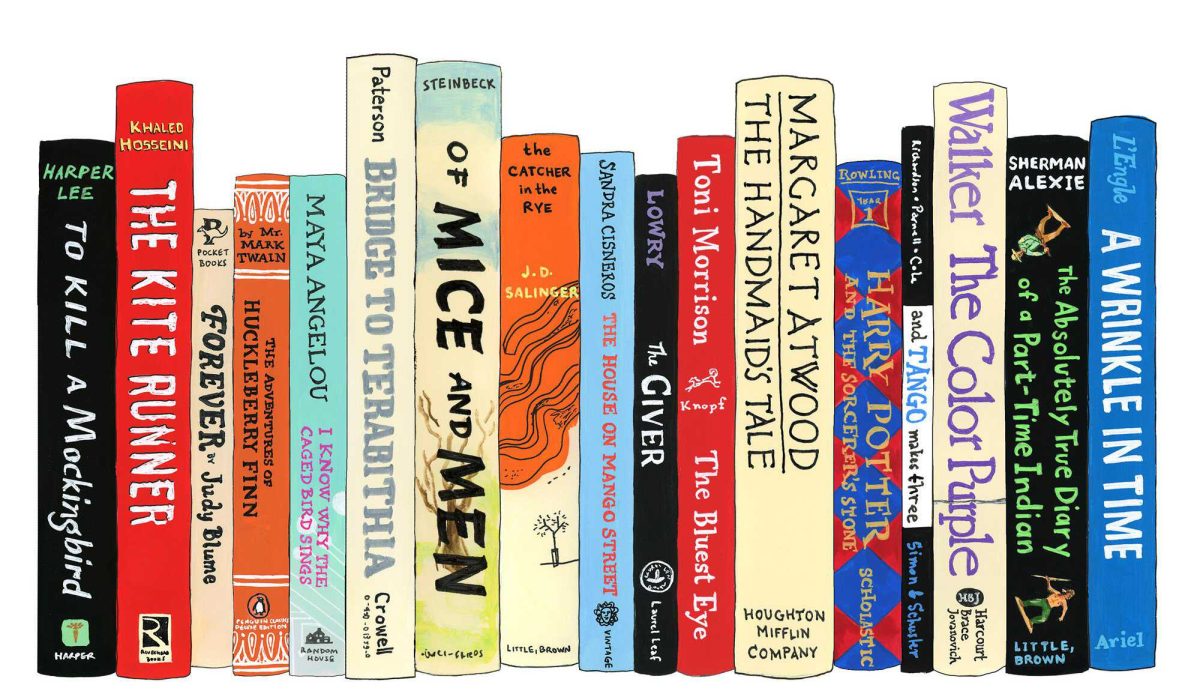The Westchester Science and Engineering Fair (WESEF) is a regional science fair that hosts students from around Westchester and Putnam counties to present their research projects. WESEF participants have the opportunity to win awards in their category, and the top 20 out of 715 projects advance on to the Regeneron International Science and Engineering Fair (ISEF). These 20 compete against nearly 2,000 researchers from around the world. “It is a huge honor to attend ISEF in itself outside of even placing within your category. Most of the 1800+ students simply enjoy the prestige that comes with the competition itself,” says Alexandra Tombleson (’24).
Tombleson recently became the first student from Mamaroneck High School to win an award at ISEF, placing third in the category of Biomedical and Health Sciences, one of the largest categories at the fair, and receiving special recognition from the United States Air Force Research Department.

Tombleson’s project was focused on pulmonary medicine, comparing a new non-invasive and cost efficient technique of analyzing blood circulation and flow of air with standardized imaging. Her project has special applications for burn pit veterans, who have a high risk of developing respiratory issues as a result of burning waste. She has had her work published in three journals and attended the American Thoracic Society’s annual international conference two years in a row.
Guido Garbarino, one of the two Original Science Research teachers at MHS states how Tombleson is one of the “hardest working students we have ever had in the program.” Her third place award is “a huge feat, one that [Tombleson is] still processing [herself].” When asked about her awards, she marveled at how “winning these awards makes me so hopeful for the progression of science research and I feel so incredibly pleased in recognition of my research in the two awards I was given at the International Science and Engineering Fair.”
ISEF commenced on Saturday, May 11 and featured six days of networking events, symposiums, opening ceremonies, and judging and presentation days. Free time was also worked into the afternoon allowing participants to engage in social events including awards ceremonies, student mixers, and the pin exchange.
The ISEF pin exchange involves students bringing pins from their native country or region and trading with the other students. “I ended the event with pins from Switzerland, Germany, Thailand, Japan, Turkey, and many other locations,” recalls Tombleson.
Accompanying the 20 WESEF winners to ISEF was Alejandro Victoria, one of the OSR teachers at MHS. He comments on how busy the week was, but how it “was so rewarding to see [the participants] prepare and get ready and finally execute on judging day.”

Although all the ISEF participants had interests in each other’s projects, Victoria enjoyed seeing “a little team WESEF” form, where the regional winners, who did not know each other beforehand, developed camaraderie and made “lifelong connections.”
Although this is the first year an MHS student has won an award at ISEF, OSR students have historically had great achievements at WESEF and other science fairs.
There have been a total of 13 students who were semifinalists in the Science Talent Search in recent years, and one finalist in 2011. This year alone there were numerous awards given to MHS students. Although the list is, impressively, too long to fully detail the hard work and accomplishments of all the winners, some awards include Anatoli Velikov (’24), Maxwell Robinson (’24), and Noah Sodickson (’24) placing second in their categories, Mara Hektor (’25), Liam DeLaMora (’25), Shauna Wendell (’25), and Ryan Fernandez (’25) placing third in their categories, and Carl Albano (’26) winning the NASA Earth System Science Award. A full list of the WESEF winners can be found on the WESEF website.

Tombleson hopes to take these skills into the undergraduate, and eventually the graduate, setting as she will attend Johns Hopkins University next year as a Biomedical Engineering major.
In light of Tombleson’s achievements, Garbarino reflects on how he is proud to teach “such highly motivated, accomplished students” who “have adopted a scientific mindset and are pursuing science at the highest professional levels.”









